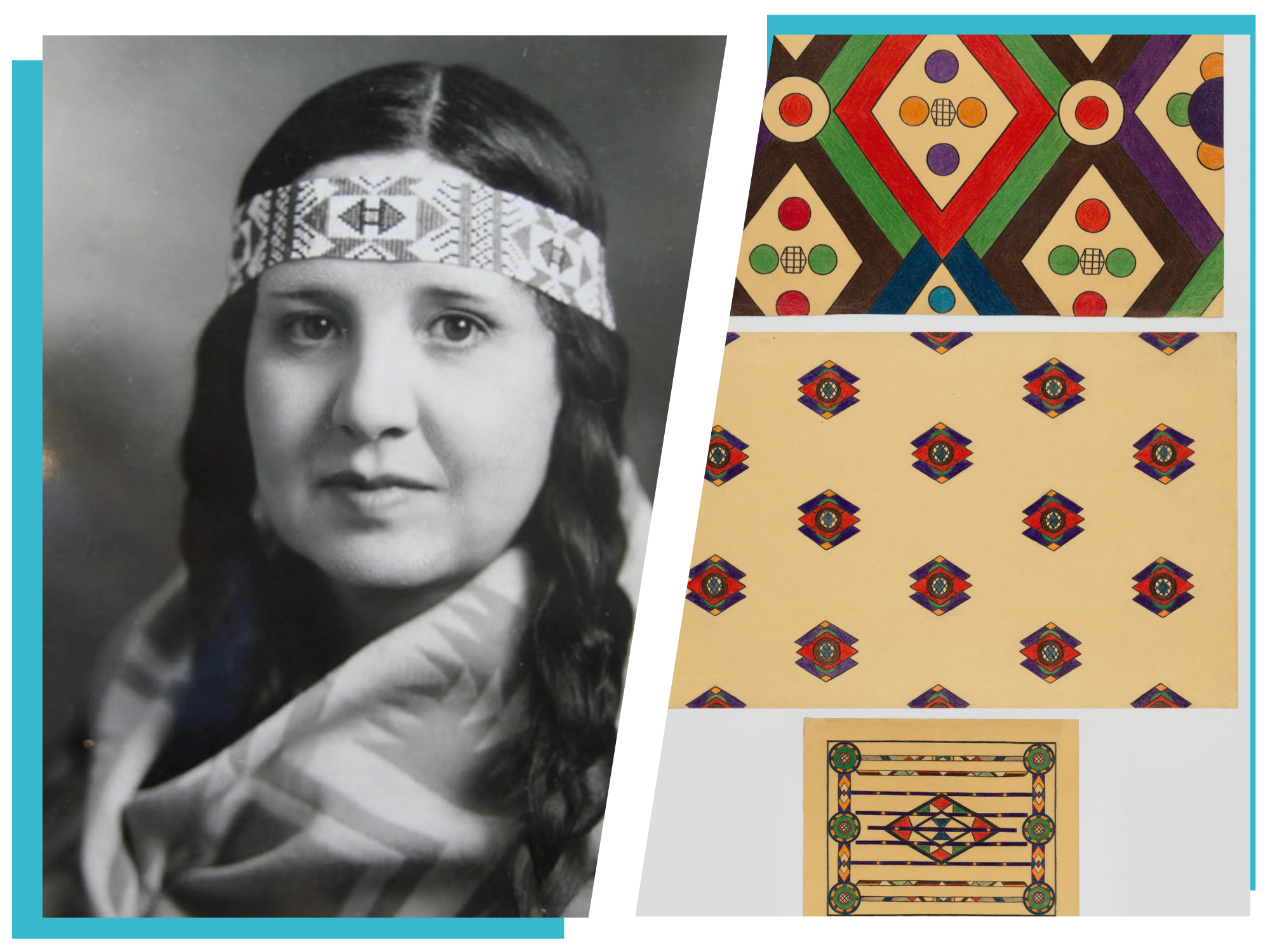
Authorities have uncovered a tomb with eleven sealed burials and many items of jewelry. It is the first tomb of its kind to be found in the South Asasif necropolis region and dates back about 4,000 years.
In a statement on Friday, November 1, Egypt’s South Asasif Conservation Project (SACP) announced the discovery of the tomb dating to the Middle Kingdom (1938–1630 BCE) on the Nile’s West Bank. The site is located inside the South Asasif necropolis in the city of Luxor, the location of several ancient temples and ruins including the tomb of Tutankhamun and a major hotspot for Egyptian tourism.
The burials inside the tomb include those of both adult men and women as well as children, pointing archaeologists to the theory that it may have been a family tomb during the 12th and early 13th Dynasties (c. 1990–1600 BCE). These family tombs would be used for several generations of a family, Mohamed Ismail Khaled, Secretary-General of the Supreme Council of Antiquities in Egypt told the press.
Image via Egypt’s Ministry of Tourism and Antiquities (2024).
Within walking distance of the necropolis is the Temple of Hatshepsut, one of Egypt’s first female pharaohs. The newly discovered tomb was found during the clearing of the Twenty-Fifth Dynasty tomb of Karabasken, a priest and ancient mayor of Thebes, which began last year under the supervision of archaeologist Marion Brew.
The excavation was led by Egypt’s Ministry of Tourism and Antiquities as part of the South Asasif Conservation Project (SACP), which was founded in 2006 “with the goal of clearing, restoring, and reconstructing three tombs of the Theban South Asasif necropolis” and is a joint mission shared by American and Egyptian archaeologists.
The tomb contained 11 sealed individual burials, but was not found in impeccable condition: ancient floods have been blamed for the rotting away of the original wooden coffins and fabric used in the mummification process. These floods affected the entire area of interest to SACP: “The tombs were critically damaged by floods and later occupants, which resulted in them being buried under the houses of a modern village. The tomb of Karakhamun collapsed entirely, while those of Karabasken and Irtieru were half-buried beneath layers of debris and still used by the villagers.”
Contained within the women’s burials were beautiful items of jewelry—described as “exquisite” by researchers—including a hippo-head amulet necklace made of amethyst and agate beads, scarab rings, armlets, and bracelets. Also discovered were two copper mirrors, one of which featured the goddess Hathor in the design of its handle. Hathor was the goddess of fertility, love, pleasure, and protector of women, and was often depicted in the form of a cow or as a woman with a cow’s horns and ears.
A faience fertility figure was also discovered during the excavation. The figurine has a series of holes pierced into the top of her head, which, according to the media statement, was “intended for the attachment of ‘hair,'” which would have originally been made out of strings of “almost 4000 mud beads found next to the figurine.”
Image via Egypt’s Ministry of Tourism and Antiquities (2024).
The statement concluded that “the unearthing of the first Middle Kingdom tomb in the South Asasif necropolis alters its history, placing South Asasif within the sprawling Theban Middle Kingdom necropolis. This significant discovery contributes to our understanding of the burial practices and rituals of the Theban necropolis in the Middle Kingdom as well as presenting a beautiful collection of exquisitely crafted jewelry well preserved in situ. Further exploration of the Middle Kingdom burials in the South Asasif necropolis will significantly advance our ongoing research on Middle Kingdom influences on the art and funerary rituals of the Twenty-Fifth Dynasty.”
The year has been a bountiful for archaeologists in Egypt, with a joint German and Egyptian mission uncovering a tomb filled with rare inscriptions in March, a mysterious hidden structure discovered beneath Gaza’s pyramids in May, and a major ancient astronomical observatory unearthed in August.